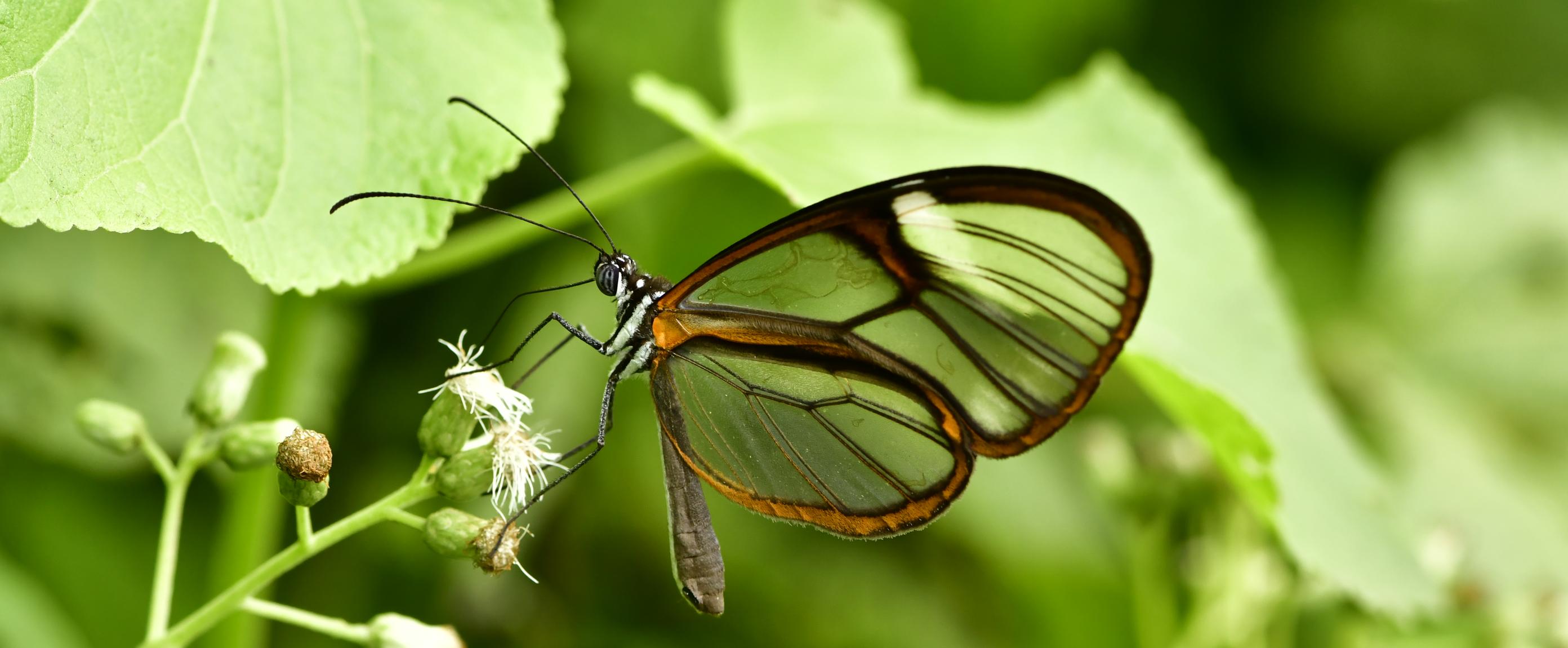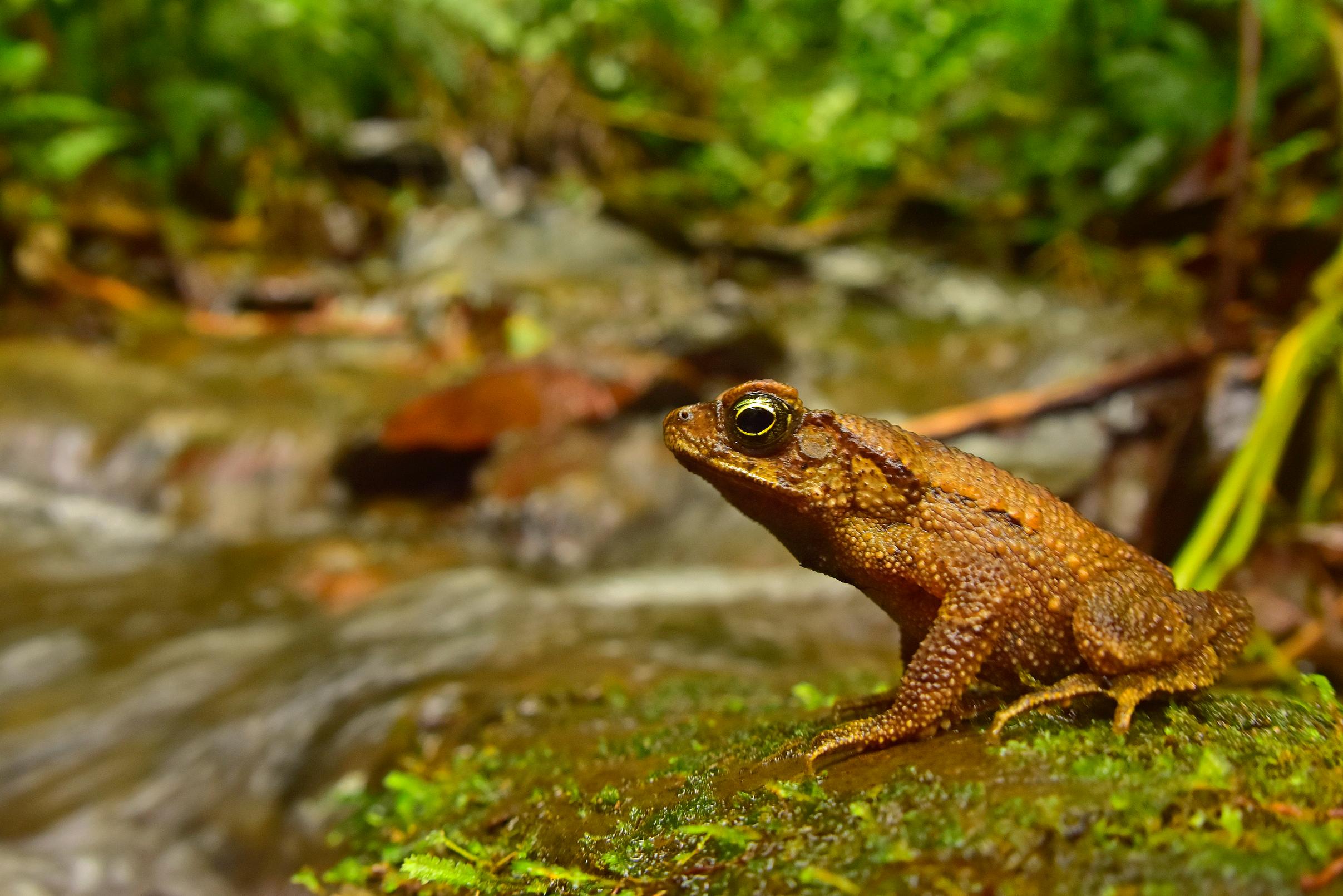
Leading the charge to discover, describe and protect nature
The variety of life on Earth comprise millions of species and underpin the well-being of human societies. Knowledge about these ecosystems is our strongest tool to ensure the future of life on our planet — yet much of the natural world remains poorly known and unexplored.
Our role
Conservation International’s Rapid Assessment Program (RAP) works to fill this void. RAP, founded in 1990, sends teams of experts on short expeditions into critically important field sites around the world. Experts at these sites evaluate the state of a region’s biodiversity, the health of its ecosystems and the multiple benefits that nature provides to people. By doing so, RAP provides information that can guide effective conservation decision-making.
Our plan
Today, RAP is evolving and expanding its scope. Building on the program’s legacy of discovering and assessing species, our strategy for RAP now integrates our understanding of the vital links among biodiversity, healthy ecosystems and human societies.
RAP surveys help provide the scientific foundation to:
- Assess ecosystem health, identify threats and track the status of threatened and key species, including discovery of species new to science
- Design, create and manage effective protected areas
- Work with communities to develop community-based conservation initiatives
- Sustainably manage negative infrastructure and business impacts on nature
- Understand impacts of climate change on biodiversity
- Support sustainable management of wild food sources and other ecosystem services (e.g., fresh water, carbon)
- Train the next generation of scientists and conservationists
- Engage and inform stakeholders, policymakers and the public

20M hectares
RAP has supported the creation, expansion and improved management of more than 20 million hectares (nearly 50 million acres) of marine and terrestrial protected areas — in addition to the discovery of more than 1,750 species new to science.
Standard field research takes years, but political leaders will not usually wait that long to make decisions affecting the most biologically important areas of Earth. RAP gathers relevant scientific information quickly enough to aid in protecting such places from irreversible damage that can occur on a very short time scale.”
What we measure
We work in rivers, rainforests, coral reefs and many other habitats around the world, often in remote, unexplored regions. RAP combines field surveys (usually lasting 2-4 weeks) that utilize cost-effective, standardized methods, innovative technologies and state-of-the-art analysis and planning. Consistent application of core standardized methods is essential for monitoring species abundance and population trends, enabling comparisons across time and space, and reducing researcher bias. Recognizing that conserving biodiversity is fundamental to maintaining healthy ecosystems and the services that nature provides to people, we measure:
Biodiversity
We measure biodiversity attributes such as:
- species richness and abundance;
- species new to science;
- threatened and endemic species;
- indicator, keystone and flagship species; and
- species important to human livelihoods.
Ecosystem health and services
We also measure ecosystem health and services, including:
- habitat diversity, quality and structure (e.g., forest intactness, coral health);
- wild food, medicines, building materials and other provisioning services;
- water quality and flow;
- watershed connectivity; and
- forest carbon stocks.
Socio-economic, cultural and sustainable management data
Finally, we collect social and cultural data such as:
- the demography, livelihoods and needs of local communities;
- threats to natural resources; and
- options for sustainable management.
Timely, mobile science at scale
RAP provides the mobile, flexible and cost-effective tool required to generate the scientific data needed to protect nature and its benefits to people. RAP provides field data needed for conservation planning at the local to regional scale where many threats occur. In these cases, existing data and global datasets are sparse and insufficient. RAP also provides quick yet highly-informative descriptions of the ecological and social values of specific and often unknown areas, placing them within a global context to guide conservation priorities and improve conservation investments. The rapid nature of these assessments is intended to provide the information necessary to catalyze conservation action within a timeframe suited to decision-makers.
RAP expert scientists act as an ecological SWAT team to accurately assess the biodiversity and health of an ecosystem in a fraction of the time it would normally take.”
